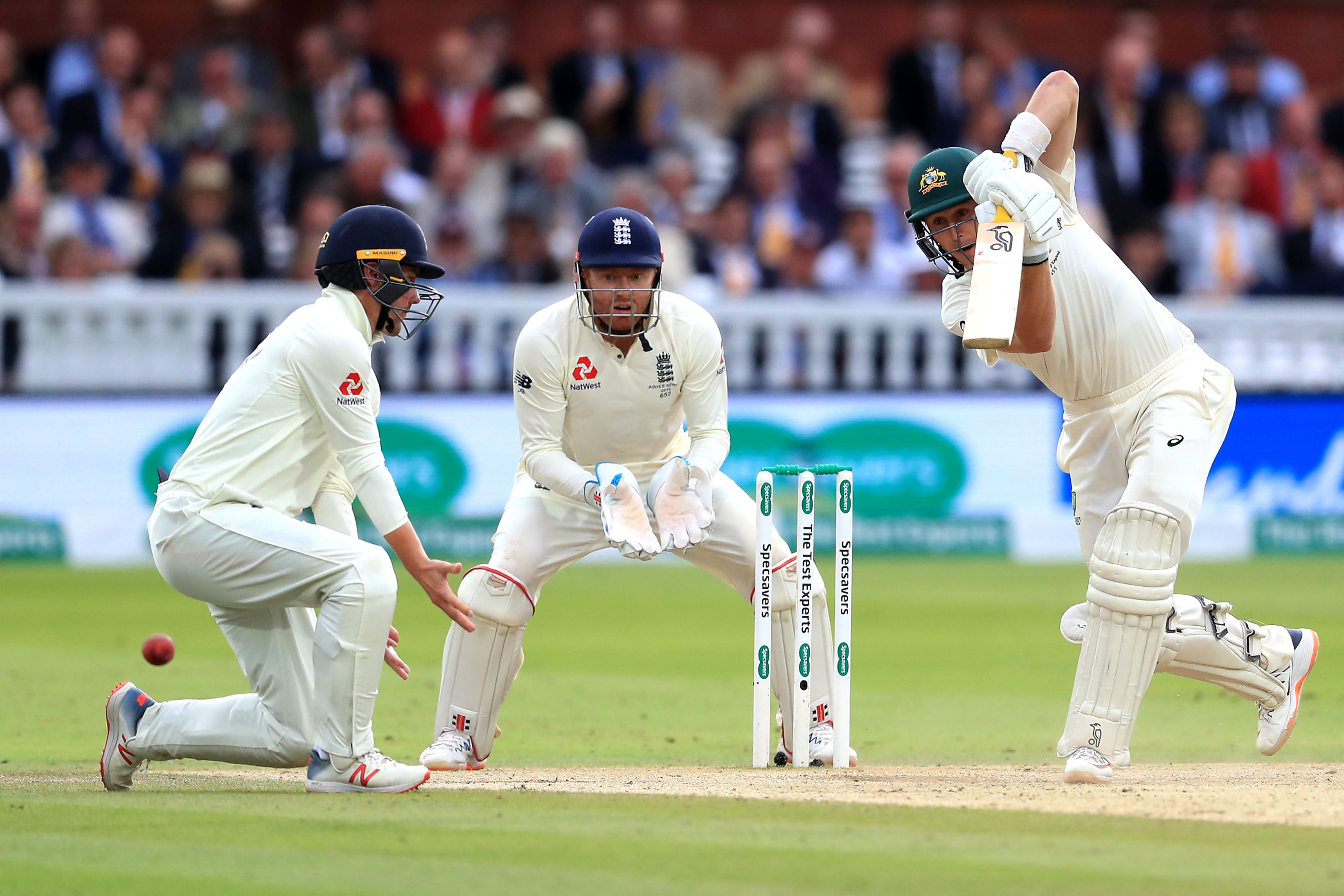Home of the urn and Australian dominance – Ashes history at Lord’s
The Home of Cricket has staged 37 Ashes Test matches since 1884.

After losing the first Test at Edgbaston, England will be looking to level the Ashes when the second Test starts at Lord’s on Wednesday.
The Home of Cricket has staged 37 Ashes Test matches since 1884 with Australia holding a fine track record at the ground.
Here, the PA news agency takes a look at some of the main moments of Ashes history at Lord’s.
Home of the urn
The top prize up for grabs, England and Australia are vying to lift the small urn at the conclusion of the series.
The name “Ashes” was coined when England lost to Australia for the first time on home soil in 1882 and the Sporting Times published an obituary of English cricket, stating: “the body will be cremated and the ashes taken to Australia”.
England captain Hon Ivo Bligh vowed to “return the ashes” while on tour to Australia and was gifted a terracotta urn while away.
Although its contents are debated, the urn is said to contain the ashes of a bail and Bligh kept it until his death in 1927 when it was subsequently donated to the MCC.
The original urn can be seen at the MCC Museum at Lord’s and the winner of the Ashes will lift a replica along with the urn-shaped Waterford Crystal trophy introduced in the 1998-99 series.
Early history
The first Ashes Test at Lord’s took place in 1884 when Allan Steele’s 148 put England in the driving seat along with George Ulyett’s seven wickets to earn victory by an innings and five runs.
Another win followed in 1886, but Australia picked up their first success in 1888 after a low-scoring affair saw Charlie Turner shine with the ball and take 10 wickets across the match.
England then earned a six-wicket win in 1896, but it would be their last at Lord’s until 1934.
Clem Hill and Victor Gregory’s contribution of 135 each set Australia up for a 10-wicket win in 1899 and victories swiftly followed in 1909 and 1921.
Australian great Don Bradman then made his mark on English soil in 1930 with an incredible double century of 254, which led to the touring party declaring on 729 for six and easing to a six-wicket win.
Advantage Australia?
Centuries from Les Ames and Maurice Leyland gave England an innings victory in 1934, but Lord’s has certainly since been advantage Australia with the visitors exerting a 75-year period of dominance.
After drawing in 1938, Australia won by 409 runs in 1948 and went on to pick up another eight victories until 2009 when England finally broke their losing run.
Their last win at the ground came in 2015 when a huge double century from Steve Smith in the first innings allowed Australia to set England a target of 509 in the second innings, but they crumbled to 103 all out.
Australia’s overall Test record at the Home of Cricket makes for far better reading with the tourists winning 16 matches compared to England’s six, while 15 draws have taken place between both sides.
Lord’s Heroes
Alongside Bradman’s mammoth knock in 1930, Lord’s has thrown up plenty of memorable Ashes moments with most being in Australia’s favour.
Allan Border put on an impressive batting display with a first innings 196 to guide his team to victory in 1985.
Working with Greg Ritchie (94), the pair dragged their side back into the game from 101 for four to 398 for seven by the time the Australian captain was dismissed, setting them on track for a four-wicket win.
Their bowling has also showcased some fine moments and in 1972 Bob Massie produced one of the finest Test match debuts, taking eight for 84 in the first innings and eight for 53 in the second.
His ability to get the ball swinging like no one else saw him finish with match figures of 16 for 137, a record for a Test debutant until bettered by India’s Narendra Hirwani in 1988.
Lord’s is no stranger to impressive bowling spells and Glenn McGrath etched his name into the history books in 1997 with a first innings eight-wicket haul.
On his first tour of England, the seamer ripped through the England batting line-up, reducing them to 77 all out and taking eight for 38.
Although Australia ultimately hold the happier memories at Lord’s, Andrew Strauss’ 161 and Andrew Flintoff’s second innings five-for earned England a first victory at the ground in 75 years in 2009.
Last time out
Lord’s hosted the second Test of the last Ashes series in 2019, when an intriguing five days boiled down to a draw.
With day one washed out, Rory Burns and Jonny Bairstow made half-centuries on day two, but England were bowled out for 258 with Pat Cummins, Josh Hazlewood and Nathan Lyon taking three wickets each.
There was plenty of buzz in the build-up to the game with fast bowler Jofra Archer making his Test debut and his sheer speed became one of the talking points when his 92mph bouncer caught Steve Smith on the neck.
The Australian batter fell to the floor and was taken off the field, but returned after passing concussion protocols before being bowled lbw by Chris Woakes with Australia all out for 250.
Smith was subsequently ruled out of the fifth day of the Test with concussion and would go on to miss the Headingley Test, with Marnus Labuschagne brought into the team as the first concussion substitute.
Ben Stokes then smashed an unbeaten 115 as England declared on 258 for five, but despite three wickets each from Archer and Jack Leach, Australia managed to hold on for the draw.
Bookmark popover
Removed from bookmarks